The world beneath the water’s surface holds countless treasures, many of which can bring extraordinary beauty to home aquariums. While common fish species like guppies and tetras populate most tanks, true aquarium enthusiasts often seek out the rare and spectacular specimens that transform an ordinary tank into a mesmerizing underwater gallery. These uncommon aquatic jewels not only serve as striking centerpieces but also represent nature’s artistic genius in creating diverse and specialized life forms. Though typically more challenging to acquire and care for, these rare species reward dedicated aquarists with their unique colors, patterns, and behaviors that simply cannot be found in more commonplace varieties. This exploration of stunning rare fish species will introduce you to some of the most coveted aquatic specimens available to passionate home aquarists willing to invest the necessary resources and expertise.
Platinum Arowana: The Living Fossil
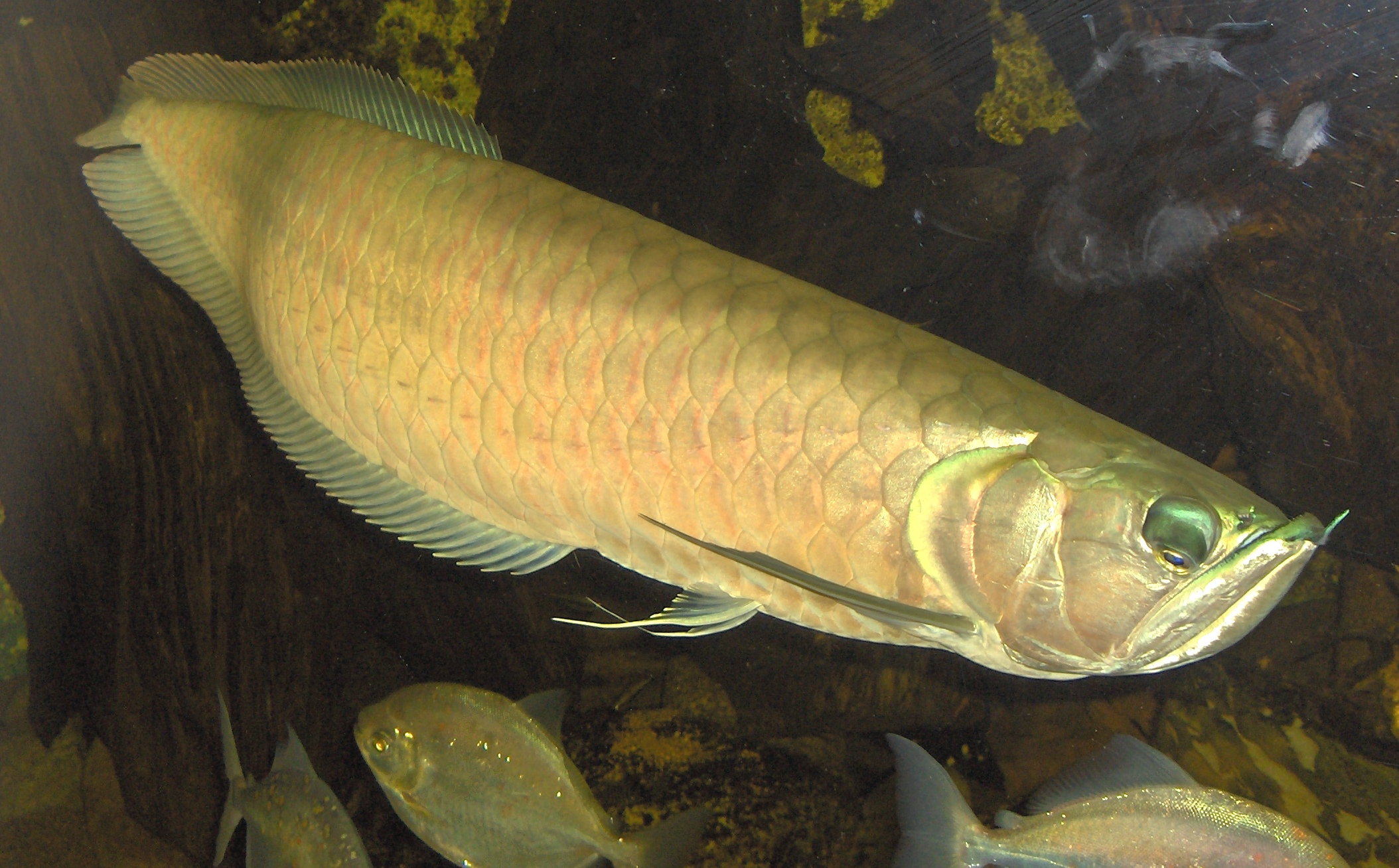
The Platinum Arowana, a breathtaking color variant of the Asian Arowana, stands as one of the most expensive and sought-after freshwater fish in the aquarium trade. These magnificent creatures, sometimes selling for tens of thousands of dollars, display a shimmering, pearlescent white body that reflects light like polished silver. Beyond their striking appearance, Arowanas are living fossils that have remained relatively unchanged for more than 150 million years, making them contemporary witnesses to the age of dinosaurs. Their prehistoric lineage is evident in their distinctive bone-plated bodies and their remarkable ability to “walk” across land for short distances and even jump several feet out of water to catch prey. Caring for these majestic fish requires significant commitment, as they can grow up to three feet long and need spacious tanks of at least 250 gallons with exceptional filtration systems.
Gem Tang: The Sapphire of the Sea

The Gem Tang (Zebrasoma gemmatum) represents one of the most coveted specimens in the marine aquarium hobby, with its striking pattern of white spots against a deep blue-black body creating an appearance reminiscent of a starlit night sky. Native to the deep reefs surrounding Mauritius and the western Indian Ocean, these fish are exceptionally rare in the aquarium trade due to their limited natural range and the challenging deepwater conditions they inhabit. Their scarcity commands premium prices, with specimens often fetching between $2,000 and $10,000 depending on size and condition. While sharing the characteristic oval, laterally compressed body shape of other tangs, Gem Tangs distinguish themselves with their unique coloration and slightly more aggressive temperament compared to their relatives. Successful maintenance requires an established reef aquarium of at least 180 gallons with powerful circulation, excellent filtration, and plenty of swimming space combined with adequate hiding places.
Freshwater Polka Dot Stingray: The Living Canvas

The Freshwater Polka Dot Stingray (Potamotrygon leopoldi) transforms an aquarium into an artistic masterpiece with its velvety black body adorned with perfectly distributed white spots, creating a living study in contrast. These South American natives from the Amazon Basin are among the most visually striking freshwater species available to hobbyists, combining exotic appearance with graceful, undulating movements as they “fly” through the water. Unlike many rare species that are challenging to breed, these rays have been successfully reproduced in captivity, though they remain expensive due to their specialized care requirements and limited availability. Keeping these magnificent creatures requires a substantial commitment, as they need extremely large, specialized setups of 300+ gallons with pristine water quality, soft sandy substrate for their delicate undersides, and powerful filtration systems. Their care also demands caution, as their venomous tail spines can deliver painful stings if the animal feels threatened.
Candy Basslet: The Miniature Marvel
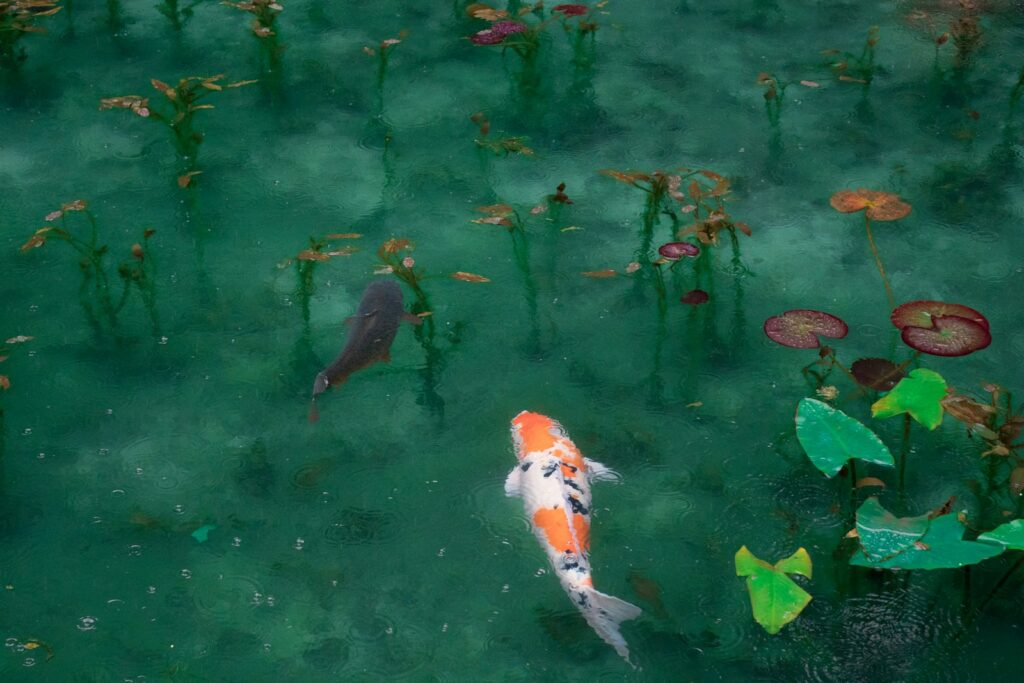
The Candy Basslet (Liopropoma carmabi) proves that extraordinary beauty can come in small packages, with this diminutive fish measuring just under three inches yet displaying colors that rival the most spectacular coral reef inhabitants. Its striking gradient pattern transitions from vibrant purple-red at the head to brilliant yellow at the tail, creating an appearance reminiscent of a sunset captured within a fish. Native to the deep reefs of the Caribbean at depths of 100-800 feet, these basslets remain rare in the hobby due to the specialized equipment and expertise required to collect them from their challenging deepwater habitats. Unlike many rare species that demand enormous tanks, the Candy Basslet can thrive in mature reef aquariums as small as 30 gallons, provided they include plenty of overhangs, caves, and shadowy areas that mimic their natural deepwater environment. Their peaceful nature makes them compatible with many reef dwellers, though they should not be housed with larger, aggressive species that might view these valuable gems as an expensive snack.
Bladefin Basslet: The Ruby of the Deep
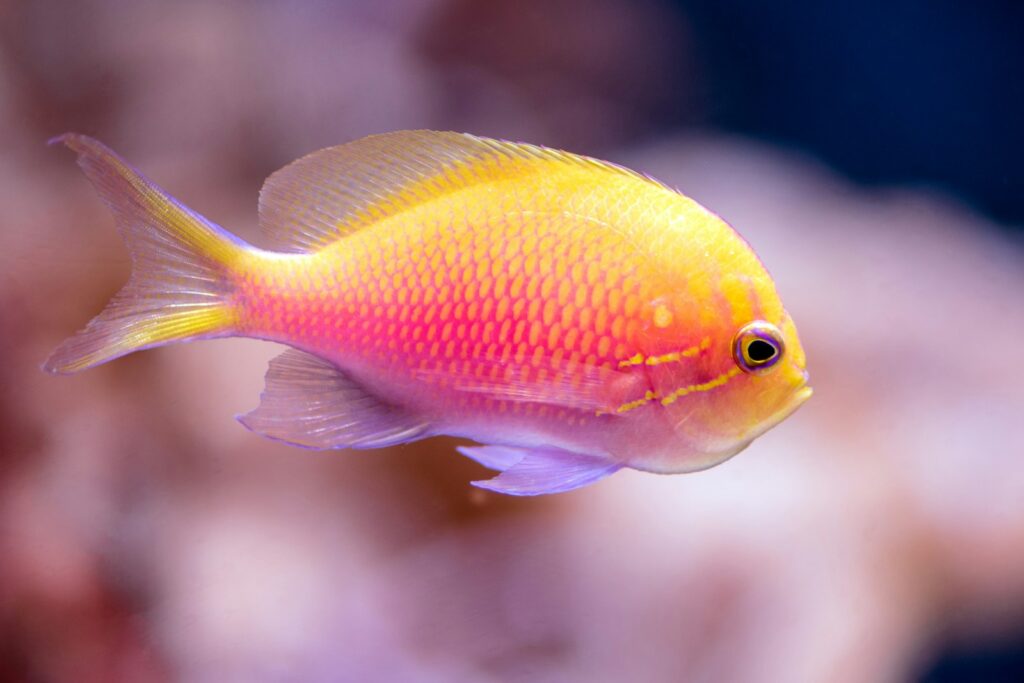
The Bladefin Basslet (Jeboehlkia gladifer) represents one of the most elusive treasures in the marine aquarium world, with its radiant ruby-red body and distinctive elongated dorsal fin that gives it its blade-like appearance. Dwelling at depths between 200-700 feet in the Caribbean, these fish remain exceptionally rare in the hobby due to the extreme challenges of collecting specimens from such depths and the specialized decompression techniques required to bring them safely to the surface. Their striking coloration holds a practical purpose in nature – at the depths they inhabit, red light wavelengths are filtered out by the water column, rendering them nearly invisible to predators while allowing them to recognize members of their own species. Despite their rarity and deep-water origins, Bladefin Basslets are surprisingly adaptable to aquarium life once acclimated, requiring only modest-sized systems of 30+ gallons with plenty of hiding places and subdued lighting that mimics their natural habitat. Their peaceful temperament and compatibility with a wide range of tank mates adds to their appeal, though their extreme rarity means few aquarists will ever have the opportunity to keep these living rubies.
Peppermint Angelfish: The Holy Grail
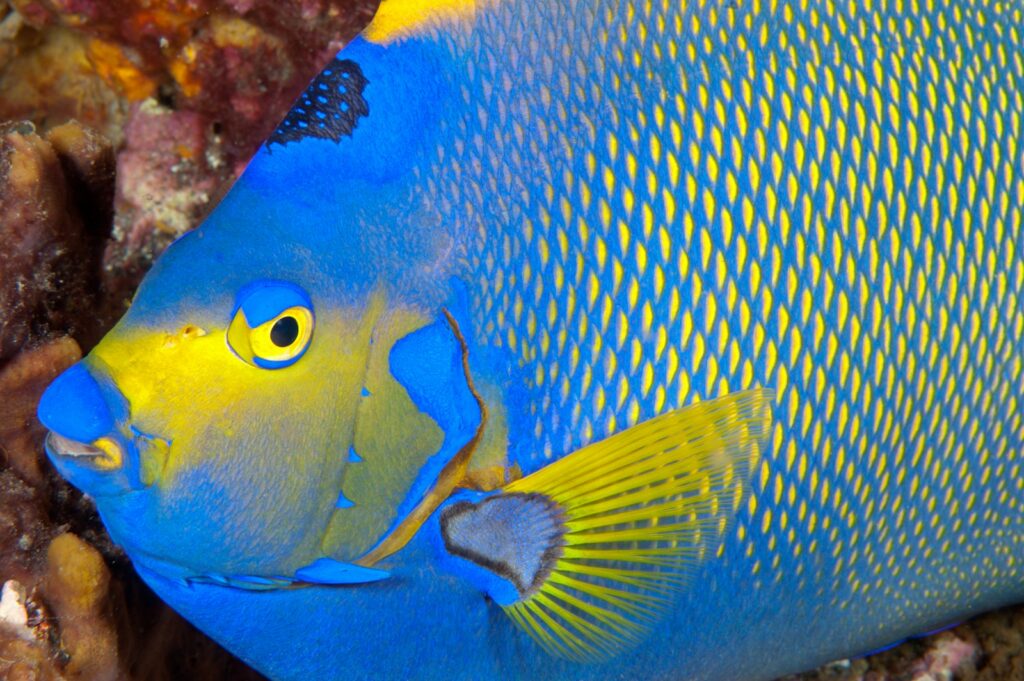
The Peppermint Angelfish (Paracentropyge boylei) stands as perhaps the ultimate “holy grail” species for many marine aquarium enthusiasts, with its striking candy-cane pattern of alternating red and white vertical stripes creating a mesmerizing appearance. Native exclusively to the deep reefs of the Cook Islands in the South Pacific at depths of 200-400 feet, these fish are exceedingly rare in the hobby, with only a handful of specimens ever being made available to private aquarists at prices exceeding $20,000 when they occasionally appear. Their extreme rarity is compounded by their limited natural range and the technical diving challenges involved in collecting them from such depths. The Smithsonian’s National Zoo and Conservation Biology Institute maintains one of the few publicly viewable specimens, showcasing just how special these fish truly are. Those fortunate enough to keep a Peppermint Angelfish require specialized care including pristine water conditions, a mature reef environment of at least 100 gallons, and a diet rich in sponge material to replicate their natural feeding habits.
Masked Angelfish: The Hawaiian Phantom
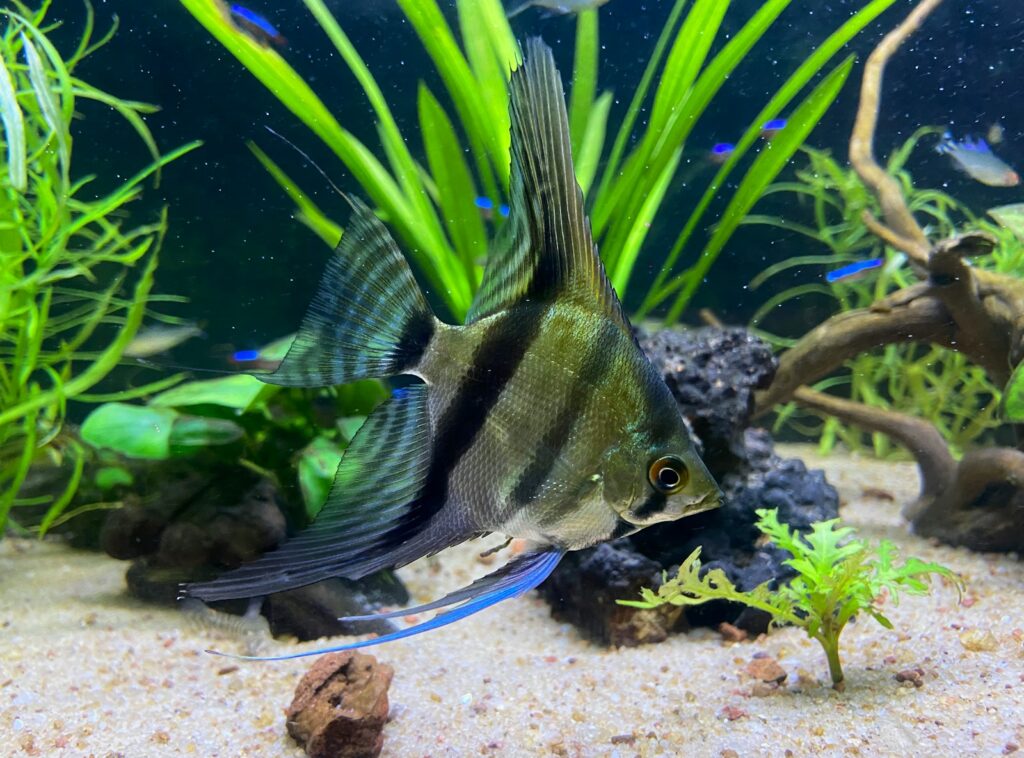
The Masked Angelfish (Genicanthus personatus) embodies the essence of Hawaiian marine elegance, with its pristine white body contrasted by a distinctive black mask across its face and dramatic black markings on its fins. Endemic to the deep reefs surrounding the northwestern Hawaiian Islands at depths of 100-400 feet, these fish remain protected by their remote habitat and the strict collection regulations governing Hawaiian waters. Unlike many angelfish species that undergo dramatic color changes as they mature, Masked Angelfish exhibit sexual dimorphism, with males displaying more extensive black patterning than females, creating opportunities for striking display pairs for those able to acquire them. Their rarity in the aquarium trade is reflected in their price tag, typically ranging from $5,000 to $10,000 when available, making them significant investments for serious collectors. Maintaining these ethereal beauties requires a spacious marine system of at least 180 gallons with strong water movement, excellent filtration, and a varied diet rich in marine-based foods including quality frozen preparations enhanced with sponge material.
Radiant Wrasse: The Living Rainbow
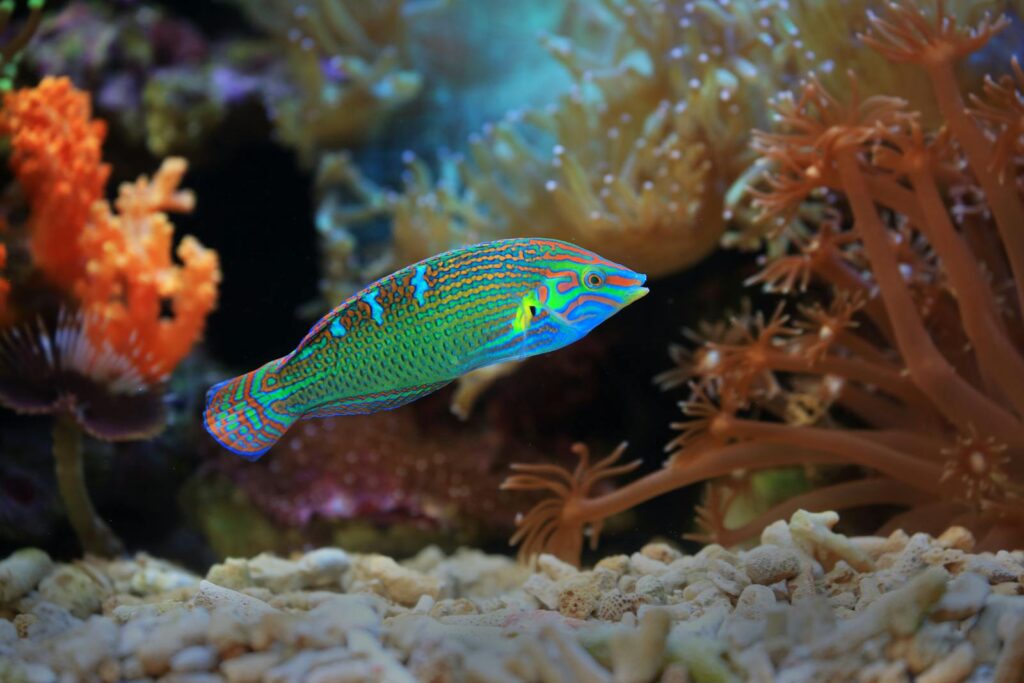
The Radiant Wrasse (Cirrhilabrus finifenmaa), only scientifically described in 2022, represents one of the newest additions to the catalog of spectacular rare aquarium fishes. This Maldivian jewel displays an extraordinary color palette, with males exhibiting vibrant pinkish-red faces that transition to yellow midsections and gradient purple-to-blue posterior regions, creating a living rainbow effect that changes with viewing angle and lighting conditions. Despite being new to science, this species was known to the aquarium trade before formal description, sometimes confused with the similar but distinct C. rubriventralis from the Red Sea. Their limited geographic range, being found only in the reefs of the Maldives archipelago, ensures they remain uncommon in the hobby despite being one of the more affordable rare species on this list, typically commanding prices between $300-800. In aquarium settings, these active swimmers require tanks of at least 75 gallons with plenty of open swimming space combined with rocky outcroppings for refuge, moderate current, and a sandy substrate for their characteristic behavior of diving into sand when startled.
Neptune Grouper: The Crimson Phantom

The Neptune Grouper (Cephalopholis igarashiensis) appears as though it were painted with liquid crimson, its entire body a stunning shade of deep red accented by scattered white spots that create the impression of stars against a blood-red sky. Native to deep reef slopes of the Indo-Pacific at depths of 300-800 feet, these fish remain extremely rare in the aquarium hobby due to the difficulties in collecting specimens from such crushing depths and the specialized decompression protocols required to bring them safely to the surface. Their natural habitat’s extreme pressure conditions make them particularly challenging to acclimate to aquarium life, contributing to their astronomical price tag of $5,000-8,000 when occasionally available. Successfully keeping these crimson phantoms requires an aquarium of at least 180 gallons with exceptional water quality, subdued lighting, multiple hiding places, and powerful filtration systems capable of maintaining pristine conditions. While they adapt well to captive diets once established, their predatory nature means they should not be housed with smaller fish that might be viewed as potential meals.
Golden Basslet: The Living Gold Nugget
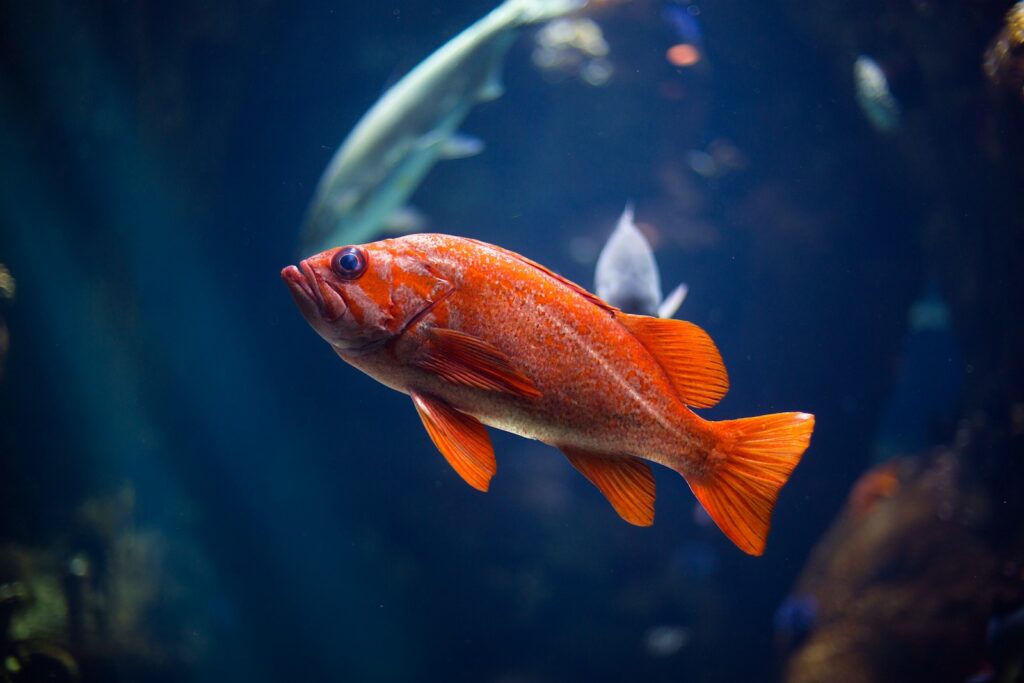
The Golden Basslet (Liopropoma aberrans) presents itself as a living treasure, with its brilliant golden-yellow body accented by subtle reddish markings creating the appearance of a swimming gold nugget in the aquarium. Native to the deep reefs of the Caribbean at depths of 200-600 feet, these fish remain uncommon in the hobby due to the specialized collection techniques required to bring them safely to the surface from such depths. Their vibrant coloration serves a practical purpose in nature – at the depths they inhabit, the water filters out most yellow wavelengths, rendering them nearly invisible to predators despite their bright appearance in aquarium lighting. Despite their deepwater origins, Golden Basslets adapt surprisingly well to aquarium conditions, requiring only modest-sized mature reef systems of 40+ gallons with plenty of overhangs and caves that mimic their natural cryptic habitat. Their peaceful nature makes them excellent additions to reef aquariums, though their typical price of $500-1,000 means they remain accessible only to dedicated hobbyists willing to invest in these living treasures.
Blue-Spotted Jawfish: The Sapphire Sentinel

The Blue-Spotted Jawfish (Opistognathus rosenblatti) stands as one of the most visually striking members of the jawfish family, adorned with a constellation of electric blue spots against a cream-colored body, creating a living work of art that seems designed by a master painter. Endemic to the deep rocky reefs of the Sea of Cortez at depths of 100-300 feet, these fish are rarely collected due to their limited geographic range and the technical diving required to reach them. Their most fascinating behavior comes from their burrowing lifestyle – in nature and well-designed aquariums, they construct elaborate tunnel systems in sandy substrates, from which they emerge to watch their surroundings with an alert, almost dog-like vigilance before quickly retreating at any sign of danger. Maintaining these sapphire sentinels requires specialized aquarium design, including at least 50 gallons with a deep fine sand bed (6+ inches) for burrowing, rock structures for tunnel support, gentle water movement, and careful selection of non-aggressive tankmates that won’t harass them during their vulnerable moments above the substrate.
Narcosis Angelfish: The Dream Fish

The Narcosis Angelfish, a natural hybrid between the Blueline (Chaetodontoplus septentrionalis) and Purple Mask (Chaetodontoplus conspicillatus) angelfish, represents one of the most enigmatic rarities in the marine aquarium world. Its name derives from the nitrogen narcosis experienced by deep-sea divers – a dreamlike state that seems fitting for a fish so rare and beautiful that many aquarists will only ever dream of encountering one. Displaying a mesmerizing blend of its parent species’ characteristics, each specimen features unique patterning that typically includes a dark blue-purple body accented with electric blue lines and golden highlights that create an almost supernatural appearance. Their extreme rarity stems from the limited overlap in their parent species’ ranges, with most specimens being collected from the waters of northern Australia and the Coral Sea at significant depths. When occasionally available, these living masterpieces command prices of $10,000-30,000, making them investments rather than mere pets. Housing these extraordinary hybrids requires aquarium systems of at least 250 gallons with exemplary water quality, varied diet, and careful selection of compatible tankmates that won’t compete for territory or food resources.
Key Considerations for Rare Species Care
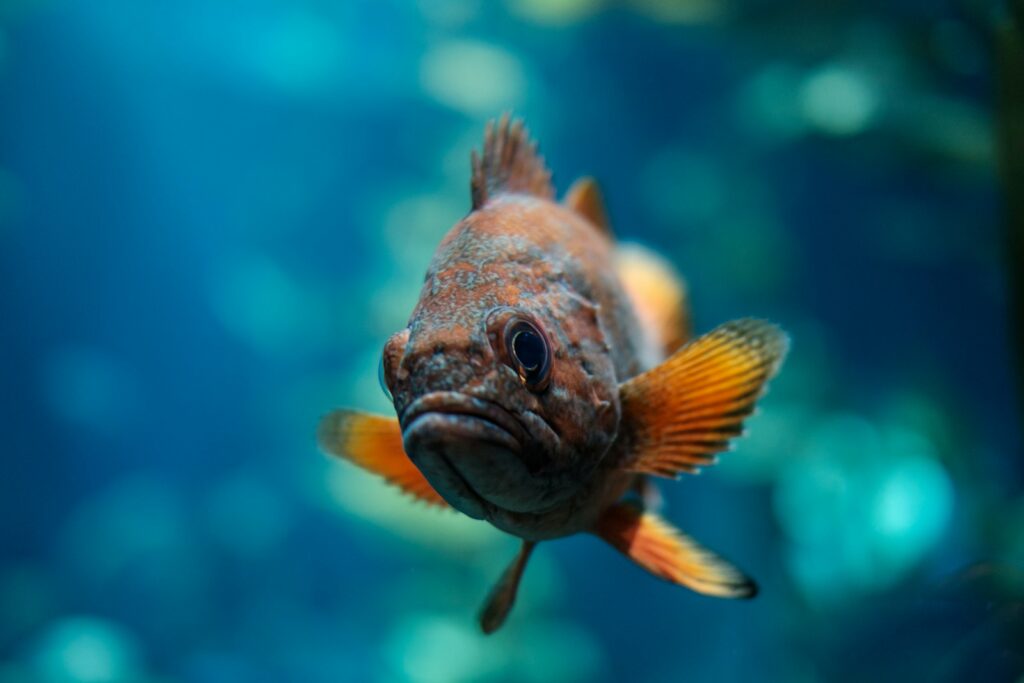
Maintaining rare fish species demands a level of commitment and expertise that goes well beyond typical aquarium keeping, requiring aquarists to develop specialized knowledge and infrastructure. Financial considerations extend far beyond the initial purchase price, as these living treasures often require larger aquariums, more sophisticated filtration and support equipment, specialized diets, and potential veterinary care that may exceed the cost of the fish itself. Ethical sourcing becomes particularly important with rare species, as responsible aquarists should verify that their specimens were collected sustainably and legally, with proper documentation for protected species and attention to whether specimens were wild-caught or captive-bred. The environmental parameters required by deep-dwelling species often demand specialized equipment to maintain cooler temperatures, higher pressure, or particular water chemistry that mimics their natural habitats far from sunlit reefs. Perhaps most importantly, potential keepers must commit to the full lifespan of these animals, which can exceed 20 years for some species, representing a significant long-term responsibility that should never be undertaken without thorough research and preparation.
Conclusion: Beyond Ordinary Aquariums

The rare fish species highlighted in this exploration represent nature’s most extraordinary aquatic creations, capable of transforming standard home aquariums into mesmerizing living galleries that showcase evolution’s artistic genius. While these uncommon specimens demand significant investments of resources, knowledge, and dedication, the rewards they offer extend beyond mere aesthetic pleasure to genuine conservation value, as properly maintained captive populations can contribute to species preservation and scientific understanding. For the passionate aquarist who has mastered the fundamentals of aquarium keeping and seeks the ultimate challenge, these living jewels offer unparalleled beauty combined with the satisfaction of successfully maintaining creatures that few others will ever experience firsthand. As with all responsible aquarium keeping, the decision to acquire such rare species should be preceded by extensive research, preparation of appropriate housing, and a sincere commitment to providing lifelong care for these extraordinary ambassadors from the hidden depths of our planet’s waters.

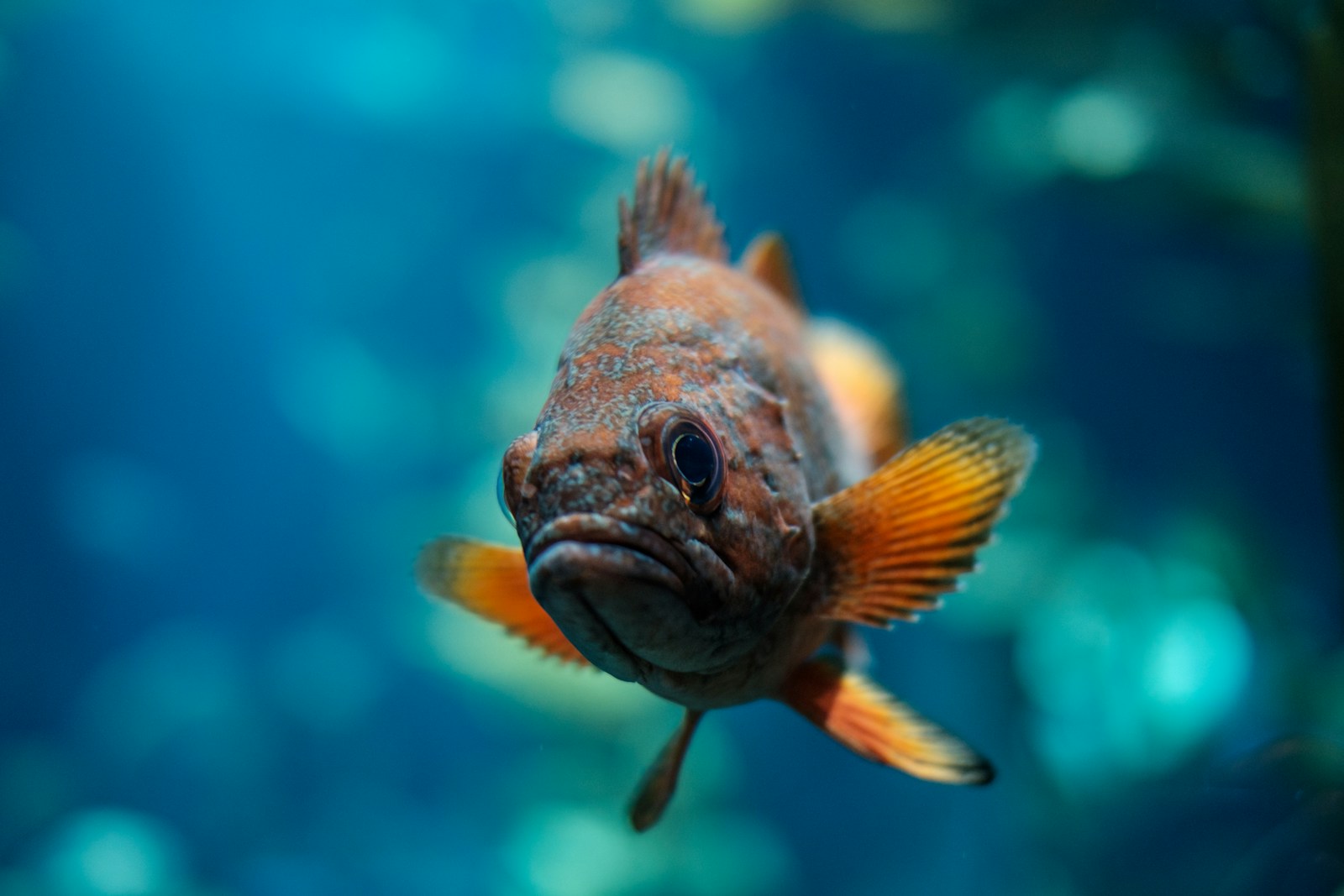
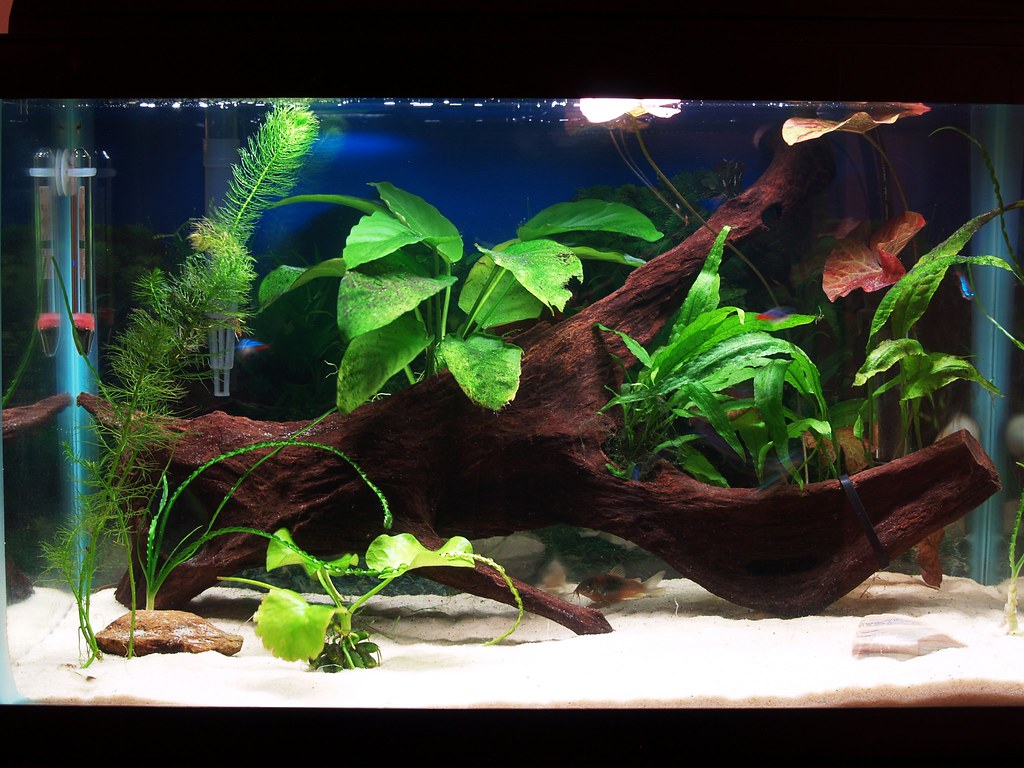
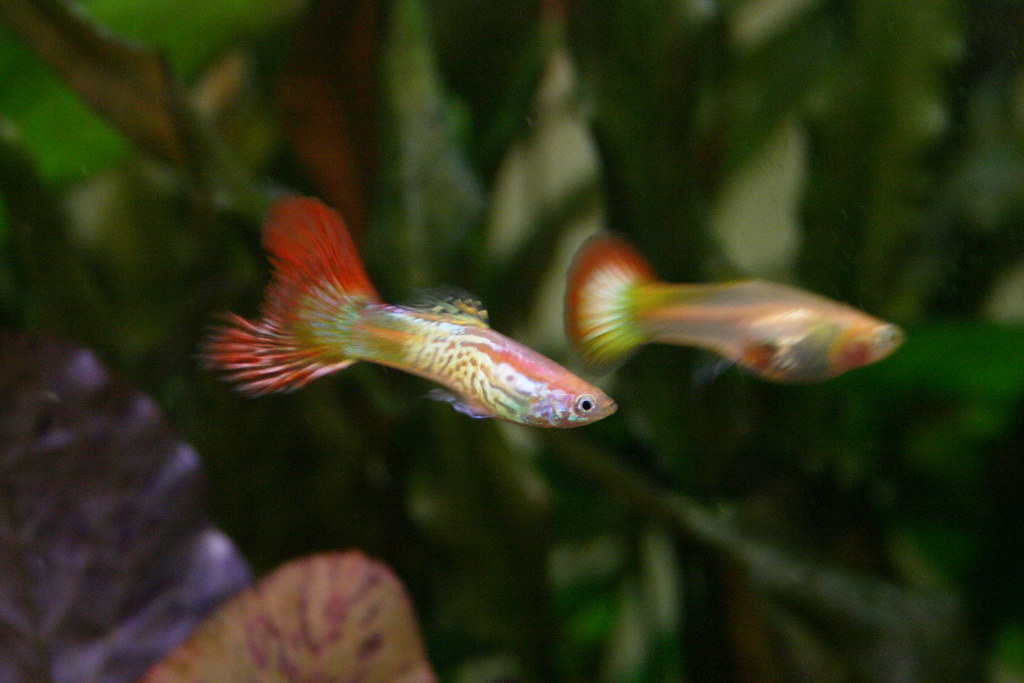


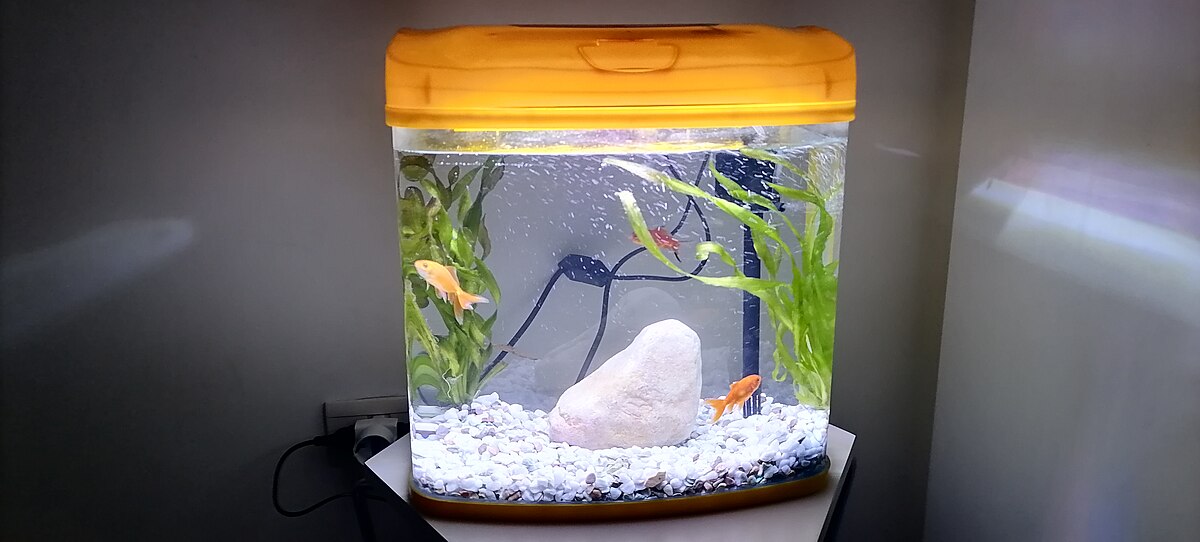
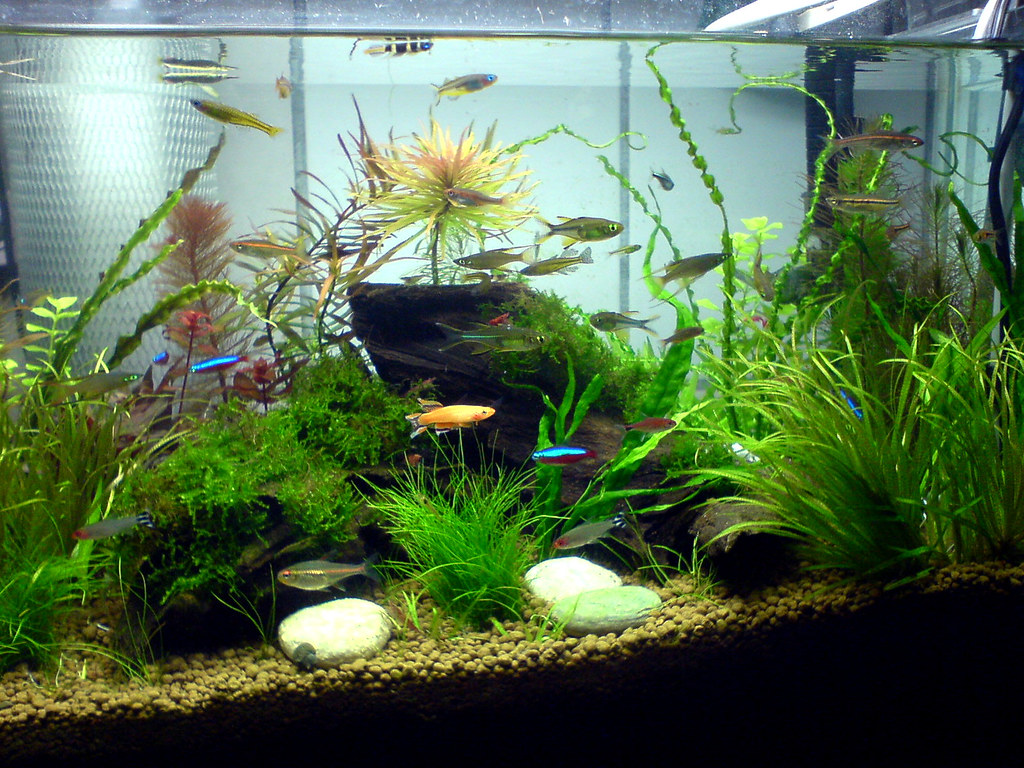
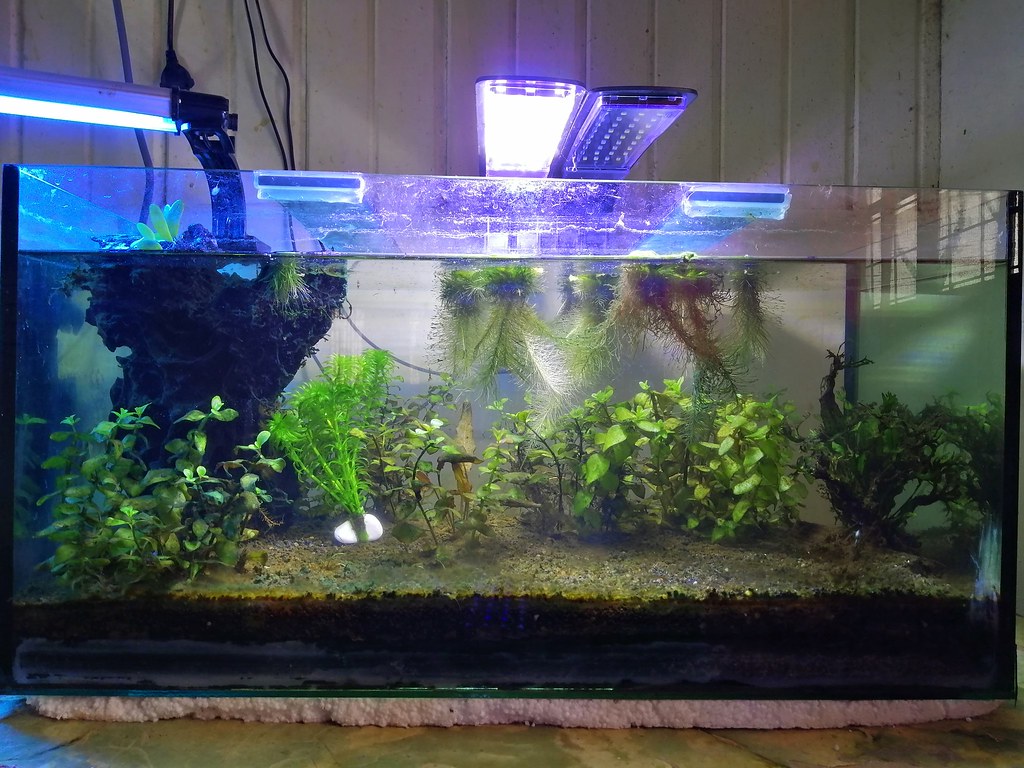
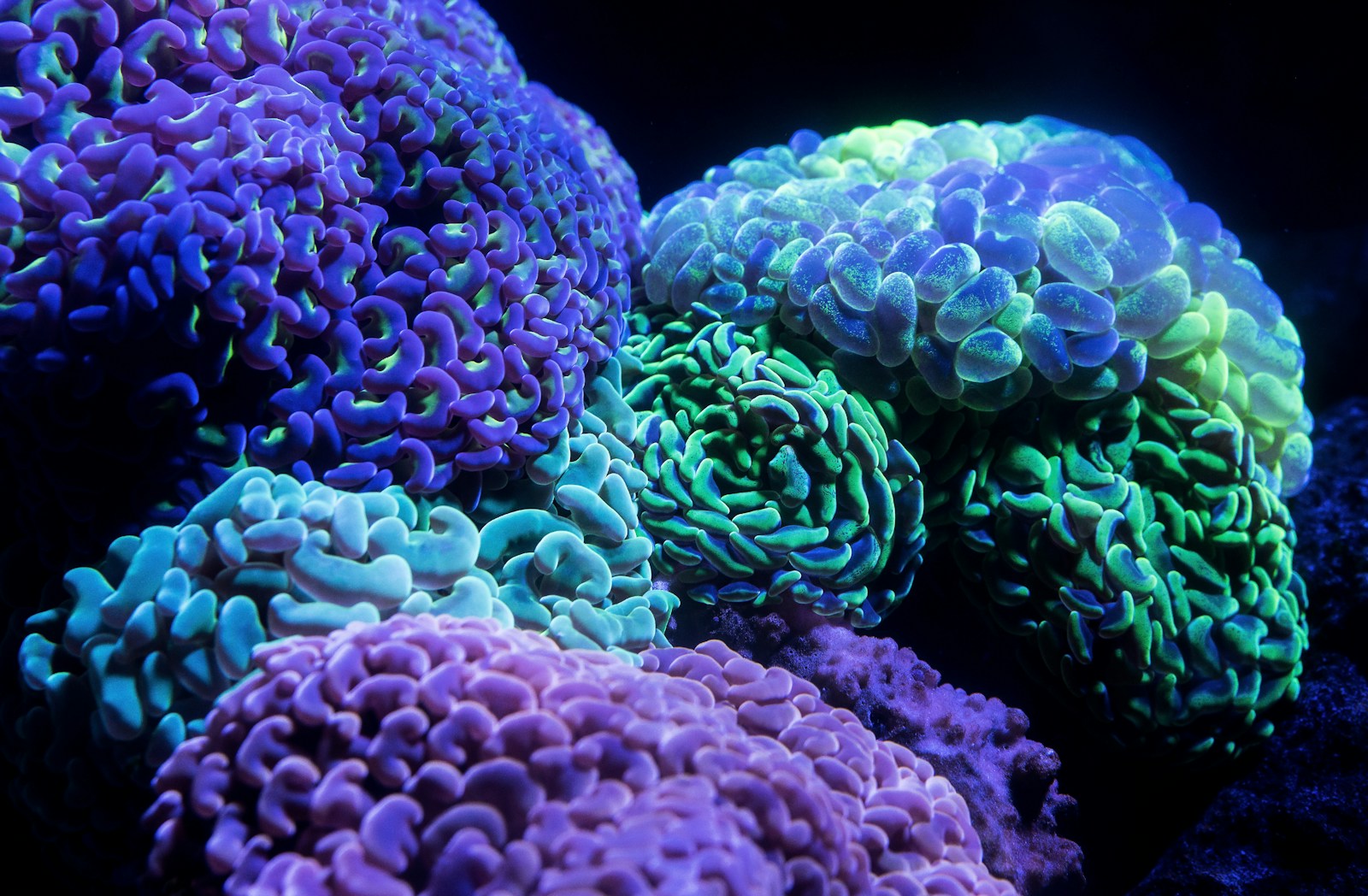

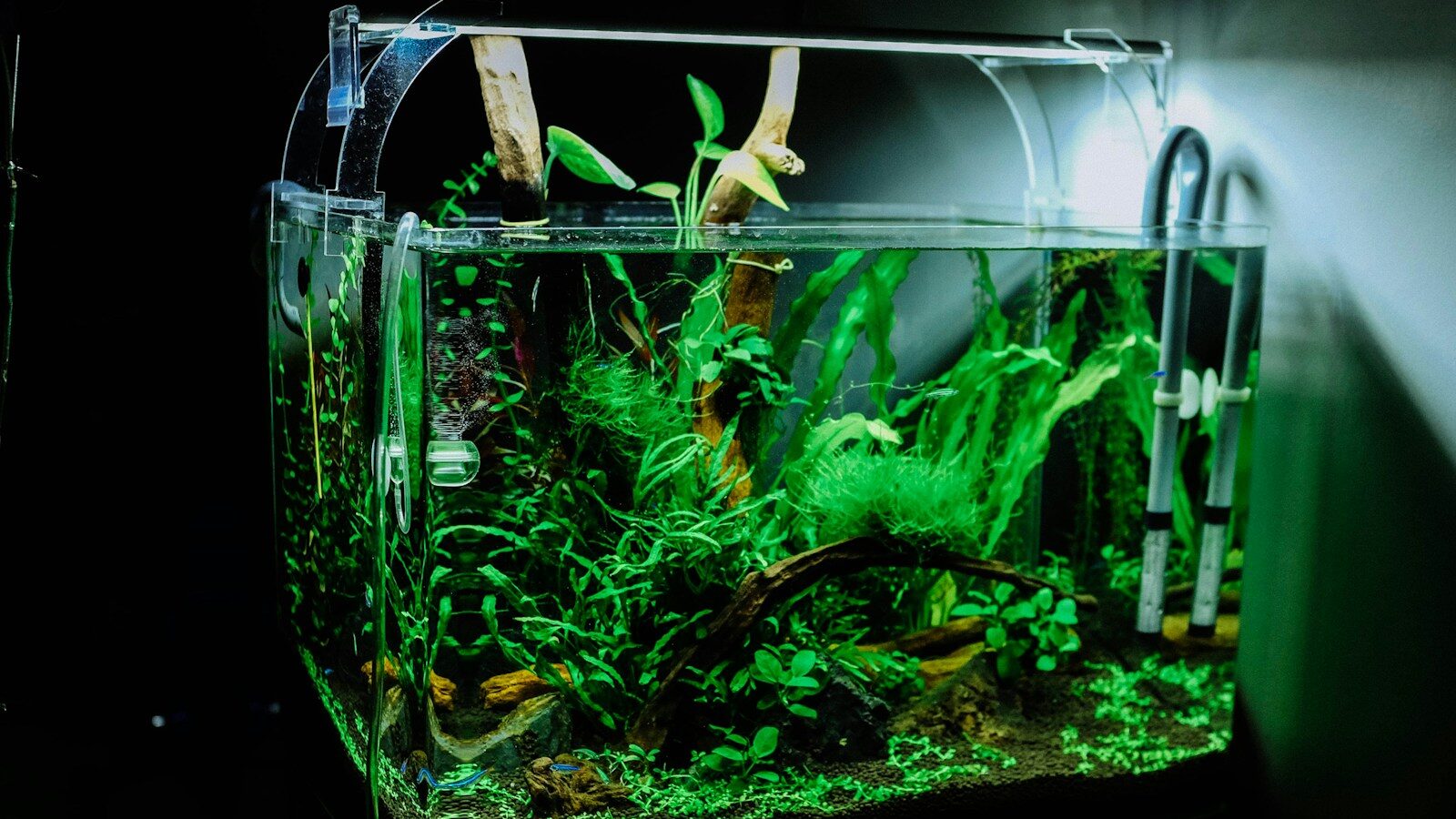




Leave a Reply